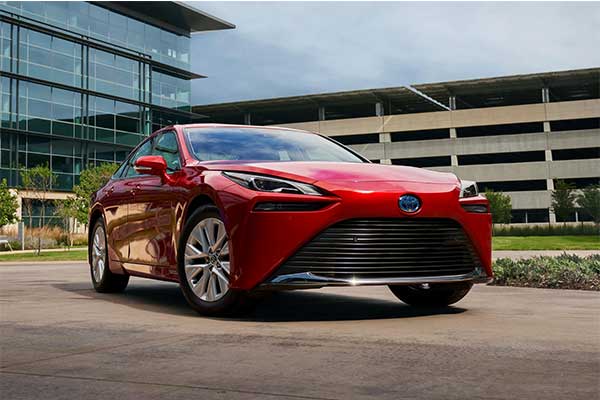News
Toyota: ‘Hydrogen Fuel Cell In Passenger Cars Not Yet Such A Success’
-
Car Facts1 week ago
Does A Car’s Start-Stop Mechanism Save Fuel Or Add To The Load On Drivers?
-
Concept Cars1 week ago
Audi Unveils Concept C, An Electric 2-door Sports Car That Previews Upcoming Future Production Model
-
Latest Cars1 week ago
All-new Electric Mercedes-Benz GLC Arrives With A New Grille, 713-km Of Range
-
News1 week ago
Porsche Won’t Produce Its Cars In The United States
-
News1 week ago
The Volkswagen Group Believes Ai Will Play A Significant Role In The Future
-
News1 week ago
Rivian Sacks Hundreds Of Workers Following EV Subsidy Removal In The US
-
News1 week ago
Smart To Bring Back Its Two Seater City Car
-
News1 week ago
Ford Has Stated That It Does Not Intend To Make The Mustang Entirely Electric
